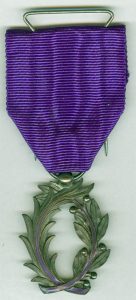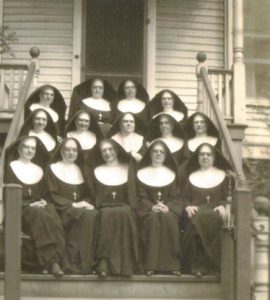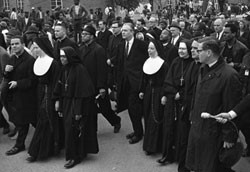
March 10, 1965 march in Selma, Alabama. Pictured from left to right Sr. Roberta Schmidt, CSJ, Sr. Antona Ebo, FSM, Sr. Rosemary Flanigan, CSJ, and Sr. Eugene Marie Smith, FSM. Associated Press (AP) photo.
As a historian, I think it is important to remember and emphasize that the lived experience of American sisters is embedded within broader social and cultural struggles that rocked the nation in the last half century. By the mid-1960s, over 200,000 Catholic women were living and working in over 400 religious orders in the United States providing an invisible, and often taken for granted, workforce that had created and or staffed thousands of schools, hundreds of hospitals and social service agencies across the country. The iconic AP photograph above – front page headlines in most major newspapers – documented a watershed moment in the history of women religious and the history of the United States.
Although the six Catholic sisters who marched in Selma that day were among hundreds of marchers, their presence was a landmark occurrence, an event that would reverberate around the country. Never before had Catholic sisters been involved in a national public protest, let alone one that was covered by all the national media. By the final march to Montgomery completed later that month, approximately 50 sisters representing 12 religious orders had gone to Selma. Catholic nuns would never be found on the sidelines of social activism again – they moved center stage.
The mandates of Vatican II dovetailed with the major social upheavals and transitions prevalent in 1960s America. The Vietnam War, the War on Poverty, the Civil Rights Movement, and the Women’s Movement jerked the country out of its 1950s idyllic complacency and shook the nation into reexamining its own ideals and its bedrock principles of equality and justice for all. Women religious were far from immune from these social struggles and emboldened by the mandates and optimism of Vatican II, they saw these events through the lens of Gospel imperatives and as significant opportunities to live their Catholic faith and religious identity in the modern world.
Armed with graduate education, real-world experience, and the spirit and documents of the Second Vatican Council, many American nuns began an even greater transition into the public sphere expanding social justice ministries beyond institutional borders. They worked on issues of discrimination involving race, gender, ethnicity, immigration, disability, and gay rights. They moved into the inner city and the hinterlands building housing projects and providing healthcare and education to the urban and rural poor. Prison ministry, anti-death penalty advocacy, environmental and peace activism became part of their social justice agenda. And globally, they reached out to women and children through microfinancing, fair trade advocacy, water and land management issues, and anti-violence campaigns.
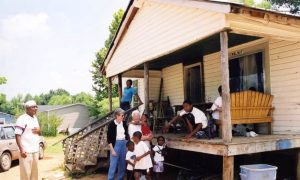
Sr. Martha Smith, CSJ and Sr. Dolores Fitzgerald visit a family in Vredenburgh, Alabama, 2004. Carol Coburn papers, Martha Smith Archives and Research Center.
Joining with other secular agencies outside the Catholic Church to advocate for justice, Catholic sisters provided advocacy and in some cases leadership for the development of Head Start, the War on Poverty, the United Farm Workers, the Sanctuary Movement supporting Central American refugees, as well as protests to close the School of the Americas at Ft. Benning, Georgia. Attempting to take more active responsibility for the investment practices of national and global corporations, sisters also participated in protests and asserted power as stockholders against discriminatory policies involving issues such as worker’s rights, nuclear weapons, housing for the poor, and many issues involving multinational peoples.
These contributions to social justice cannot be overestimated and provide a significant narrative in American social history, women’s history, and Catholic history in the 20th century. Catholic archives must insure that this story is preserved, accessible, and communicated globally in a world searching for meaning and survival in the 21 st century.
Carol K. Coburn
Professor of Religious Studies
Avila University
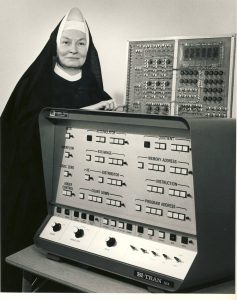
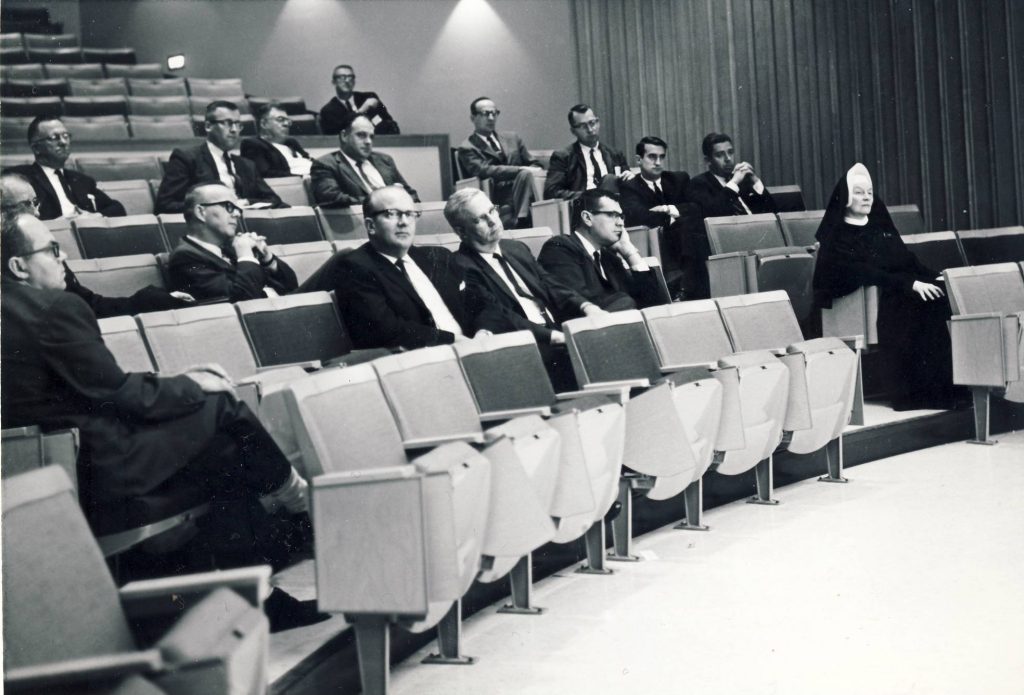 Sister Mary Kenneth was a strong advocate for the involvement of women in the field of computer science, particularly given the growing demand for computer experts and “information specialists.” There were, and are, jobs to be had and she saw no reason why women would not play a significant role in advancing computer science. She was supportive of working mothers, encouraging them to bring their babies with them to class as necessary.
Sister Mary Kenneth was a strong advocate for the involvement of women in the field of computer science, particularly given the growing demand for computer experts and “information specialists.” There were, and are, jobs to be had and she saw no reason why women would not play a significant role in advancing computer science. She was supportive of working mothers, encouraging them to bring their babies with them to class as necessary.


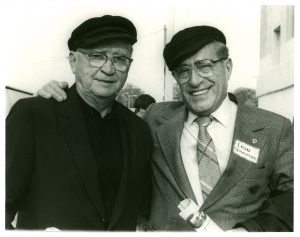
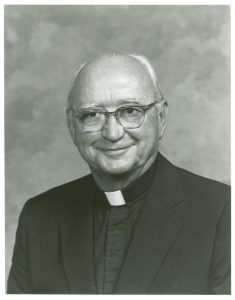
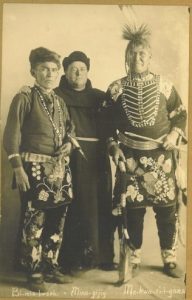
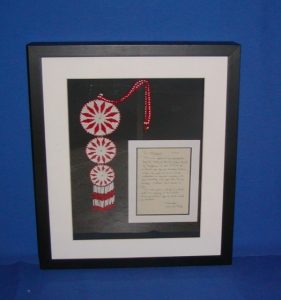
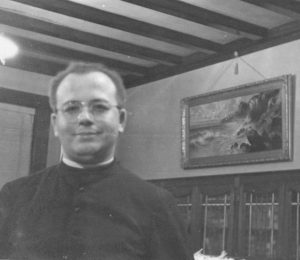
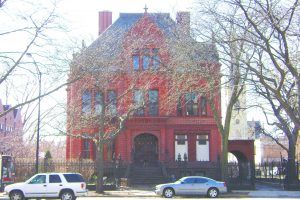
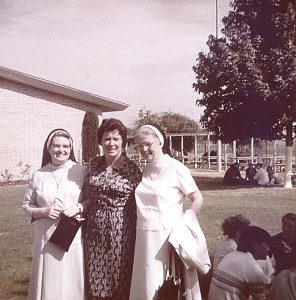
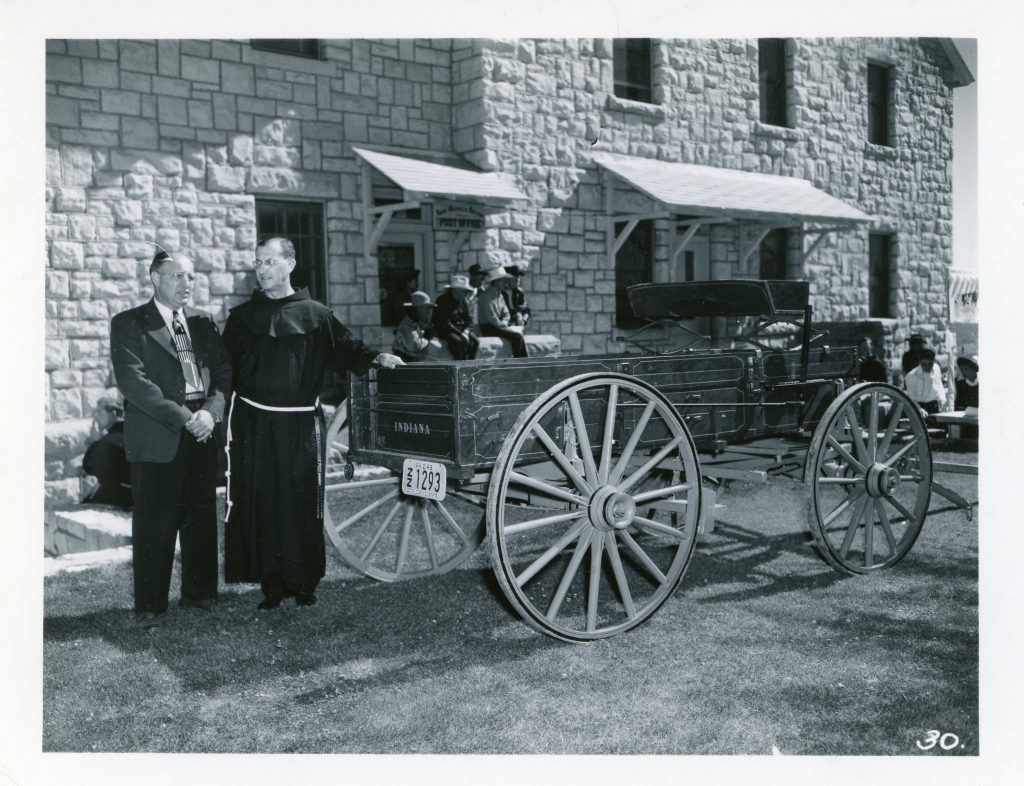 The Franciscans have a long history in the Southwest. Fray Marcos de Niza saw Zuni Pueblo in 1539, leading to centuries of evangelization and struggle. After Mexico gained independence from Spain, trust in the Franciscans diminished and their numbers in the Southwest declined until the last died in 1848.
The Franciscans have a long history in the Southwest. Fray Marcos de Niza saw Zuni Pueblo in 1539, leading to centuries of evangelization and struggle. After Mexico gained independence from Spain, trust in the Franciscans diminished and their numbers in the Southwest declined until the last died in 1848.
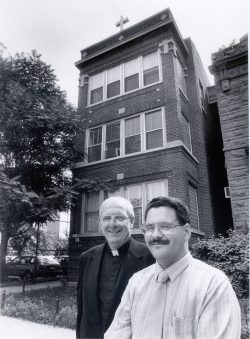
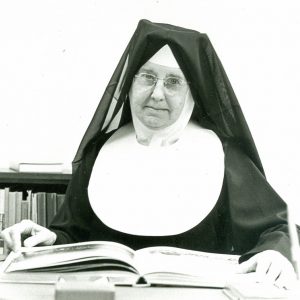 Sister St. Francis Sullivan devoted her career as a Sister of St. Joseph to the education of young women. By 1931, she had earned a doctorate in French. After teaching high she began her forty-year career in the French Department at Regis College as faculty and chair, in addition to fulfilling other collegiate duties, as well as directing the Extension School for the education of young Sisters. During her academic career, she did research and published articles and book reviews, as well as editing, and was active in a number of professional organizations.
Sister St. Francis Sullivan devoted her career as a Sister of St. Joseph to the education of young women. By 1931, she had earned a doctorate in French. After teaching high she began her forty-year career in the French Department at Regis College as faculty and chair, in addition to fulfilling other collegiate duties, as well as directing the Extension School for the education of young Sisters. During her academic career, she did research and published articles and book reviews, as well as editing, and was active in a number of professional organizations.